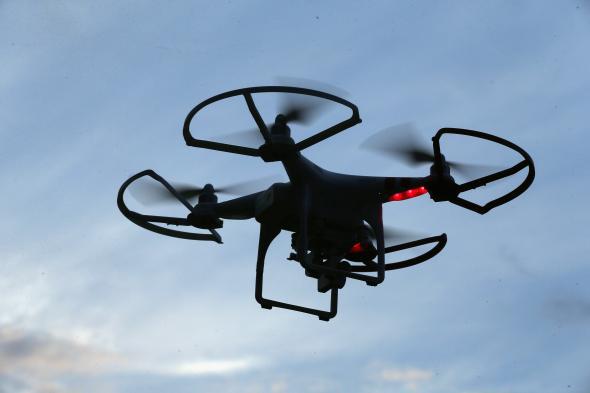Greetings, Future Tensers,
As we’ve already seen in this month’s Futurography course, drones are unnerving in part because we tend to think of them primarily in military terms. That may be because nonviolent applications are surprising new. A study conducted by Austin Choi-Fitzpatrick shows that nonviolent experimentation with drones began to spike massively in 2012. We’ll likely see public opinions continue to change as these devices become a more and more central part of our lives.
Though Choi-Fitzpatrick acknowledges that this uptick in drone usage creates new privacy concerns, you may not have to worry as much as you might think. Faine Greenwood touches on that point in an article on common misconceptions about drones, noting, “A consumer drone shooting still photographs or video with a DSLR camera still isn’t capable of collecting aerial information much more detailed than that freely available in Google Earth–hosted satellite and Street View images.” She also explores a variety of other important issues, including the surprising lack of concrete, nationwide regulation surrounding unmanned aircraft.
Meanwhile, the internet thrummed last week with conversations about the real world identity of Satoshi Nakamoto, the pseudonymous creator of bitcoin. Surveying those conversations—and the longstanding debates that prompted them—Future Tense’s Lily Hay Newman argues that unmasking Nakamoto would do a disservice to bitcoin itself. “The whole point of the technologies Nakamoto created is to be transparent and iterative, allowing them to transform beyond their original forms and original creators,” Newman writes. If we’re going to delve into the lives of mysterious inventors, we’re probably better off sticking with dead ones like Leonardo da Vinci, whose genome researchers are now trying to sequence.
Here are some of the other stories we found through services the CIA isn’t allowed to use:
- Invasive species: In Nepal, a non-native plant has been put to productive ends, suggesting new strategies for dealing with the realities of climate change.
- Forecasting: Panasonic has developed a weather model it claims is the world’s best. Why won’t it let others make use of this technology?
- Cyberhygiene: We’ve heard of hospitals struggling against malware, but a new report indicates that a medical device actually shut down during surgery because of anti-malware software.
- Broadband: The government is trying to bring subsidized internet to rural areas, but the services provided actually fall well below Federal Communications Commission standards for broadband.
Jacob Brogan
for Future Tense
